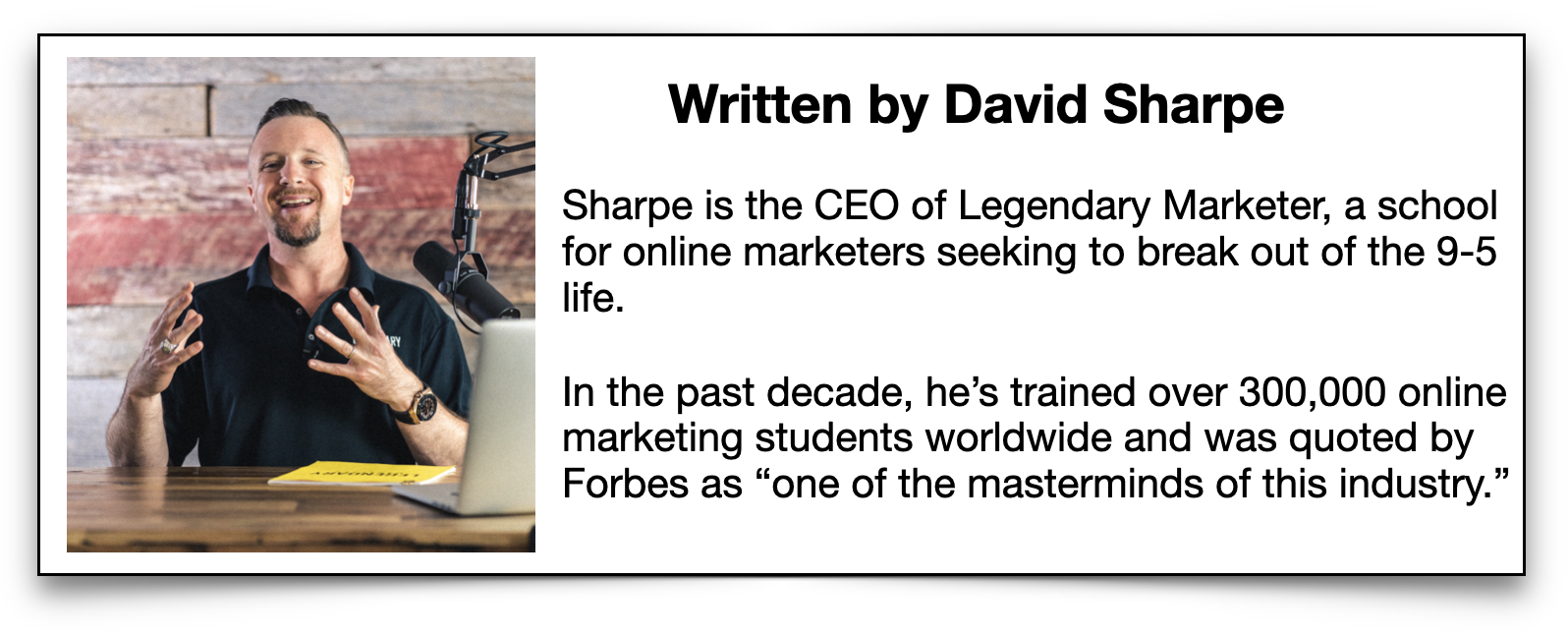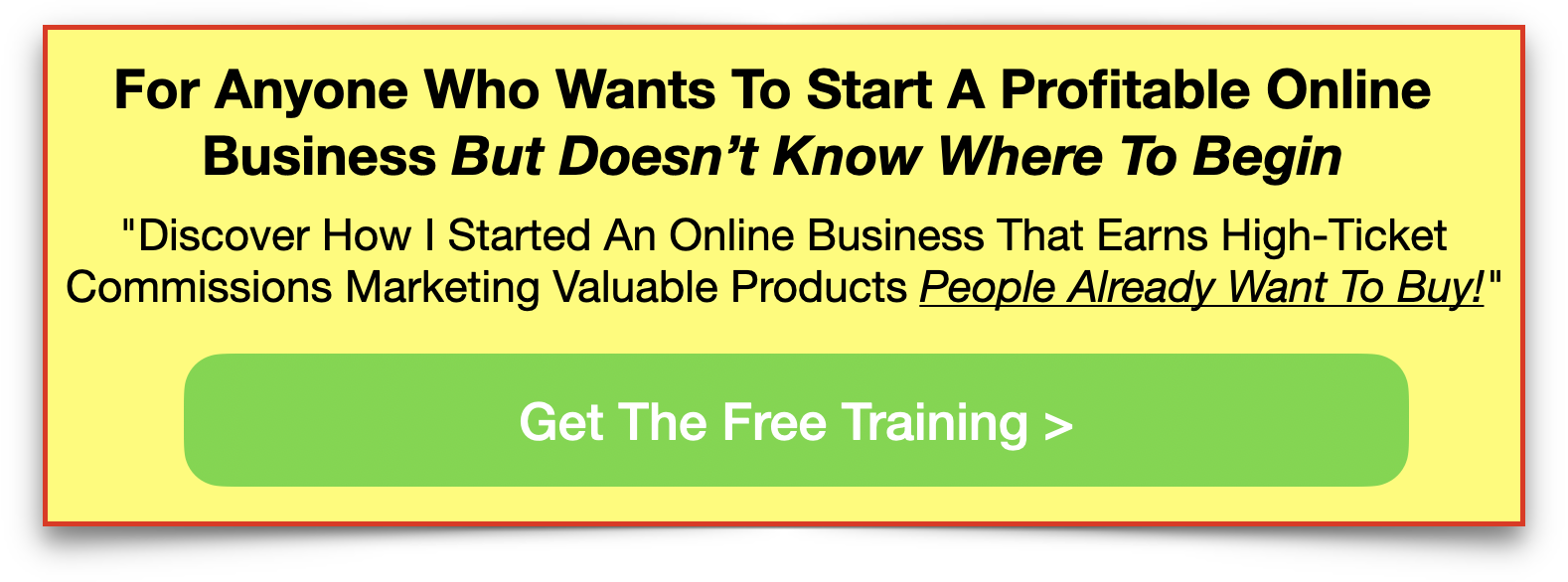
Affiliate marketing is the process of connecting a buyer with a seller. This is something you are able to do even while you sleep. An online retailer will pay you a commission of money based on sales that are made through traffic through their website. Instead of just displaying an ad on your website for the company, you embed a link to the product in your recommendations and content as well. Many online companies that sell clothing or domain services use affiliate marketing programs.
There are several types of affiliate marketing
Pay Per Click (PPC)- You are able to make money based on the number of clicks. Viewers are directed to an advertisers website through your website from an affiliate link.
Pay Per Sale (PPS)- You are able to make money based on the actual buy completed and then you’re paid a percentage of the sale.
Pay Per Lead (PPL)- You are able to make money when the online visitor gives out their email on the advertiser’s website through your affiliate link.
The basics of affiliate marketing:
Creating a website and choosing your affiliate product to promote-
There are many options to build a website like Weebly and WordPress. Both allow you to create a customizable professional web page fast and for free. Choosing products to promote is simple and easy, you need to choose products that relate to your website content. A good way to do this is to join an affiliate network. An affiliate network is a business that connects online retailers to affiliate marketers. Then both parties can make money from sales. There are several affiliate networks to choose from. Some popular ones include ShareASale, CJ Affiliate, FlexOffers, and Amazon Associates.
Recommendation through your content-
You recommend a product, service, or company through your website or email list with an embedded link to the product. Your viewers will click on that. It will take them to the product page, they will buy the product, and that is how you will get your commission. You have now directed the sale towards the online retailer.
Something important to remember is to make sure they are a popular brand or a well respected company. Digital products and services often have the highest commission rates. They do not require shipping costs or any form of inventory.
Find the right product to advertise-
The quality of the product you are advertising is just as important as the quality of your website and content you are putting out. If a customer finds themself unhappy with the product they purchased, they mind find themself discouraged to visit your site again. They may not take your recommendation for a product into consideration again. Focus on choosing a product that comes from a good, credible company with great customer service.
Create content that reaches you target audience and generates the affiliate revenue that you need-
The target audience that you are trying to reach are the people who want to buy products but may be having a hard time choosing a product. They want a product that is going to meet their needs and may not be sure if a product is worth the buy. By being the affiliate marketer, you now take on the job of helping your target audience find out which product is right for them. Lead them to the product website so that they can complete their buy and you can earn your commission. This means that the content you are putting out should be using the keywords that your viewers are typing into their google search bar to find the product that they want to buy. Then they will make their purchase. These types of keywords are called investigational intent keywords.
Promoting the products in your content to your target audience-
You’re going to need to find topics that relate to the problems your audience is facing, for example, if you’re trying to gain an affiliate commission from a facial moisturizer brand, you’ll need to talk about how this product can help your audience’s skin. The way you insert your links into your content will also depend on the type of content you are putting out. If you’re doing a product review it would make more sense to focus on the one main product. If you’re making a list of products to help solve your target audience’s problem, you could insert more links for a higher chance at gaining sales.
The goal will be to place your links appropriately and strategically in your content. Don’t insert a link if it doesn’t fit into your content. Something to remember is that not everyone out there is going to always read through your whole article or website post. That being said, putting your affiliate links early on in your content is smart. This is an effective way to make sure people will see your links and click on them.
Turning your viewers into customers-
The traffic coming through your website is important because you can also earn commission from people clicking on links through your content. The revenue you get will depend on the traffic you’re sending over to the product page. Another great way to do this in addition to embedding the links into your content is to create pop up ads. Whether you like the sound of it or not, the pop up ads wouldn’t exist on so many of the websites people visit if they didn’t draw in sales. When it comes to a pop up ad, it’s good to try to target your viewer at just the right time. Typically the best time being right before a viewer is about to leave your website.
Advance your existing website traffic for more sales revenue-
Figure out what your most viewed content is and focus it for affiliate marketing promotions. Another way to do this is through email marketing. When a viewer clicks on your website for the first time, have a pop up that asks them for their name and email address before continuing to the next page. This way, you have a whole list of customers who you can communicate your content directly to. Your emails about your content will land inside of their inboxes, they will click them, and be taken directly to your website. This is where you are promoting the product. In order to keep your audience interested sending out emails at least once a week is a great way to keep them both updated and thinking about your content.
Engaging your viewers with live webinars-
Another way to get people hooked and interested on your website and content so that you generate more traffic that will lead to more sales, is live webinars. Allowing your audience to see or hear about the product you are promoting instead of just having them read about it will get them hooked. Promoting your webinar on your social media pages like Facebook, Twitter, and Instagram as well as sending out email reminders is the best way to bring your viewers in. Hosting a webinar is an excellent and easy way to stream live to your viewers. By hosting a webinar you are able to present your product’s elements. You can show different ways a product can be used while also talking about it’s pro’s and con’s to help your viewers get the most out of it. Make sure at the end of your webinar you remember to point to your affiliate link to direct them to the product that you just spent the time talking about.
Don’t be discouraged when first starting out-
One major thing to keep in mind when starting out in affiliate marketing is that patience is your biggest key. In the beginning it’s very typical to start out with slow website traffic and slow commission. Over time your website will have traffic, customers will click your pages, buy a product and you will have money. This doesn’t just happen overnight. Don’t expect to generate hundreds of clicks immediately or to be able to quit your job the day after you start. If you are patient enough, you will make money through affiliate marketing. Focus on making that very first sale. As your site grows, your email list will too. Don’t forget to set new goals for yourself and to continue to play around with the different types of ways to gain traffic.
Affiliate income is not always consistent. Income will be less monthly and more annual from affiliate marketing. A dedicated affiliate can make anywhere between $10,000 to $1,500,000 a year, depending on the amount of effort and dedication you are willing to put into it. Saying it all might seem easy but be patient until you start generating more page traffic. The more work put into it, the faster you will be on your way to earning money while you are asleep in your bed.
Would you like to find another easy, profitable way to still earn money from home and bring in a much more solid income? If you answered yes to that question, I recommend you watch this free video which will walk you through our #1 recommended way to earn money from the comfort of your home.






